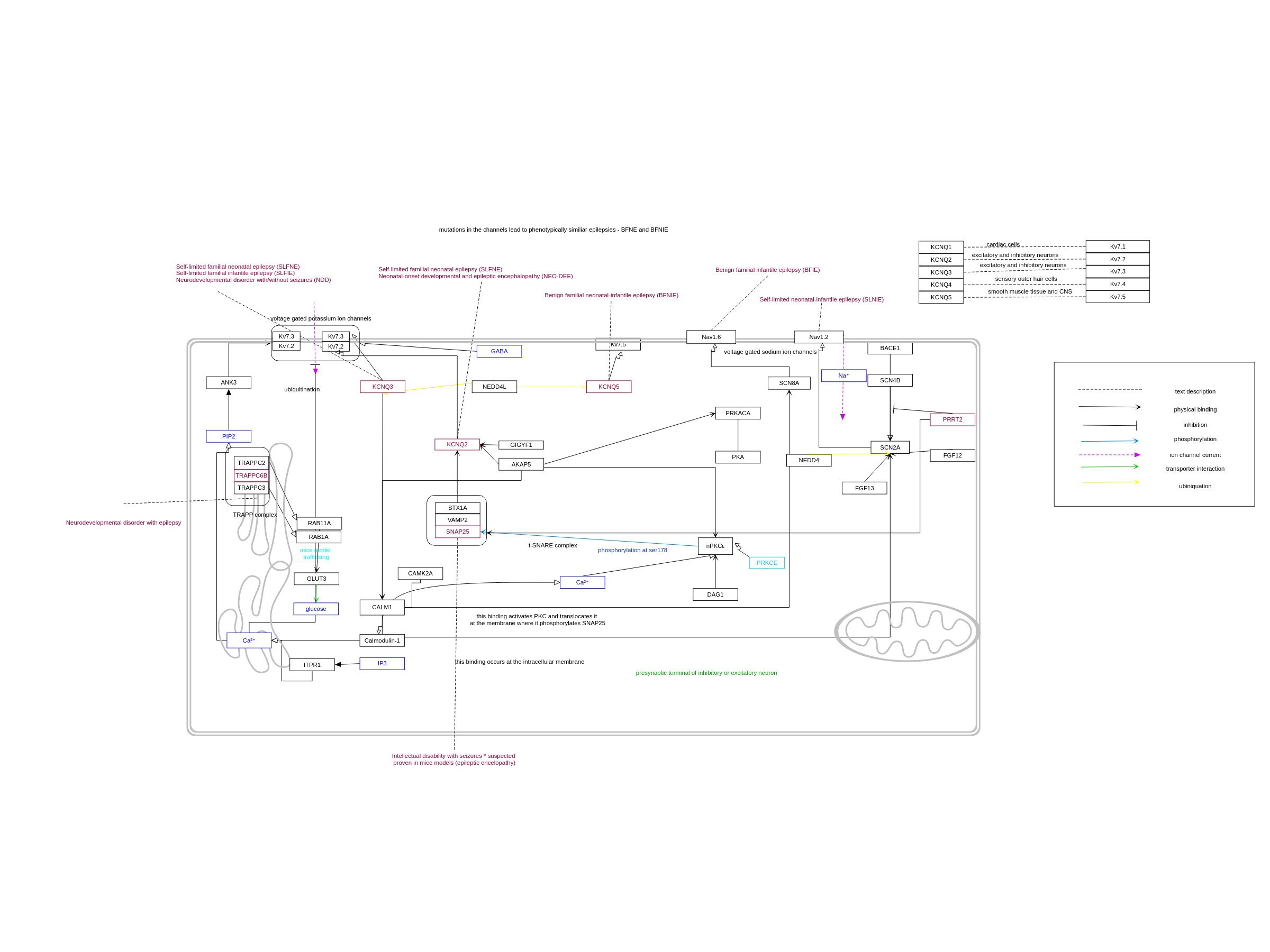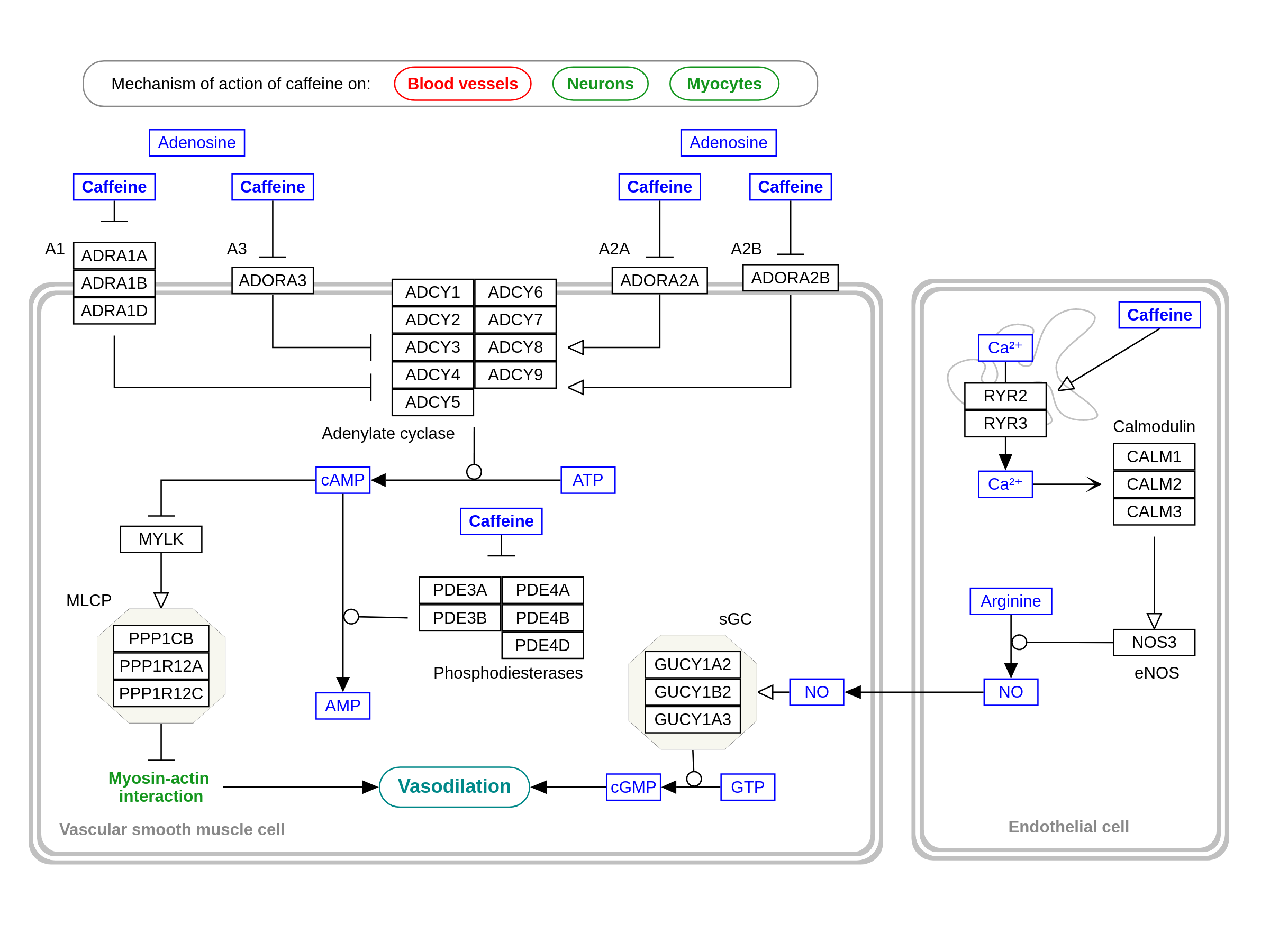Egon Willigh☮gen 🟥
boosted
November 2025 WikiPathways update: 686 edits by 6 contributors and 10 new pathways in the last month. Accessible via #webservices, #rstats, #pathvisio and #cytoscape.
Supported by #awsopen. https://www.wikipathways.org/index.php/Download_Pathways

New pathways, GABA and glutamate signalling in epileptogenesis (WP5600): This pathway depicts the epileptogenic mechanisms involving GABA and glutamate signaling. It focuses on transporters and channel proteins that modulate action potential dynamics and their interacting partners, highlighting functional alterations that contribute to epilepsy pathogenesis.

New pathway, KCNQ2 and KCNQ3-related epilepsy (WP5599): Processes involved in KCNQ2 and KCNQ3-related epilepsies.

New pathway, Caffeine in blood vessels (WP5601). In vascular smooth muscle, caffeine promotes relaxation by inhibiting myosin light-chain kinase (MLCK) through cAMP elevation and activating myosin light-chain phosphatase (MLCP), reducing myosin–actin interaction. As a nonselective adenosine receptor antagonist, caffeine blocks A₁/A₃ receptors (which normally lower cAMP) and A₂A/A₂B receptors (which normally raise cAMP), thereby altering adenylate cyclase activity. In endothelial cells, caffeine increases intracellular Ca²⁺, activating eNOS to produce nitric oxide (NO), which diffuses to smooth muscle and stimulates cGMP signaling, further promoting vasodilation. Inspired by Figure 1 in Kumar and Lipshultz, 2019.